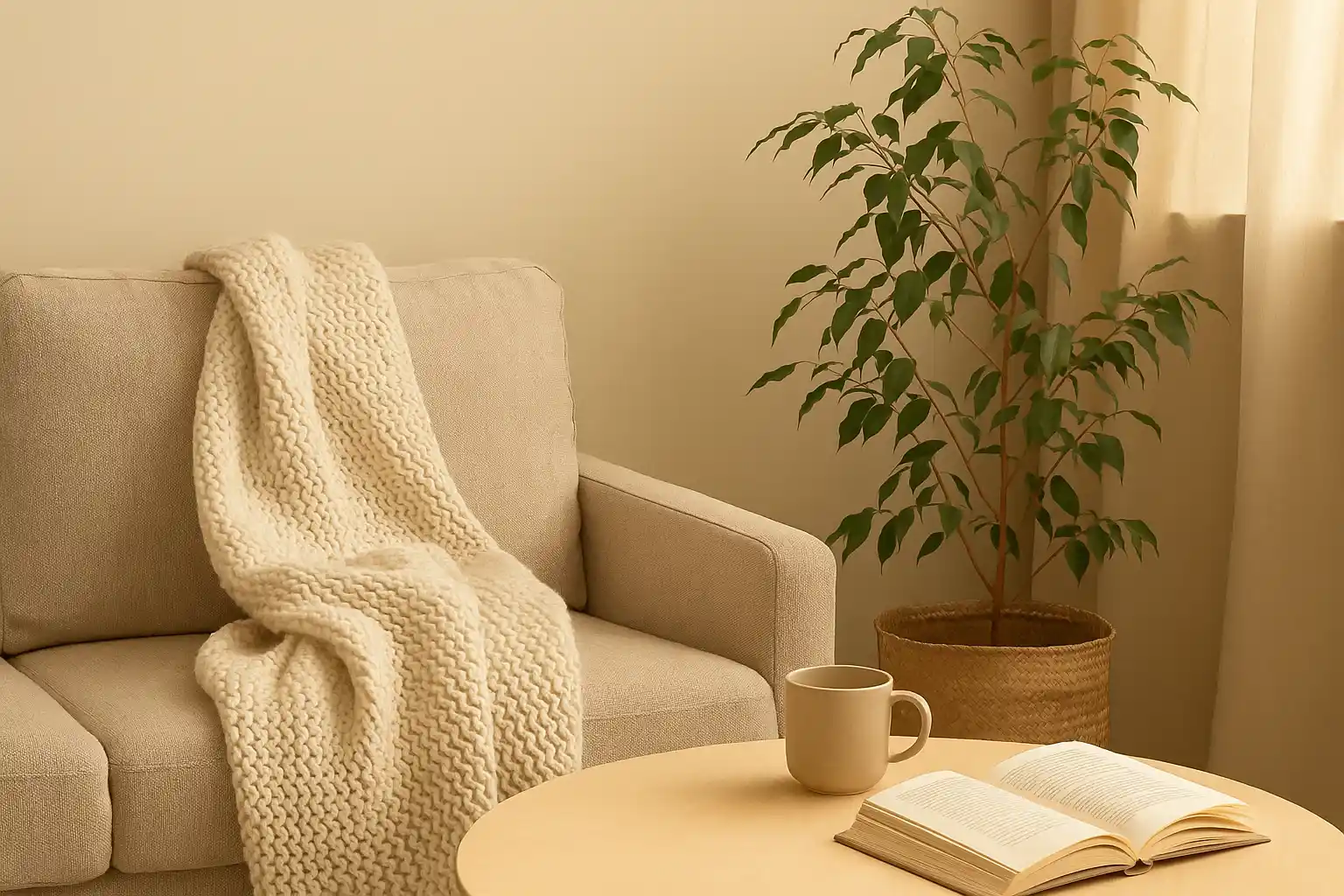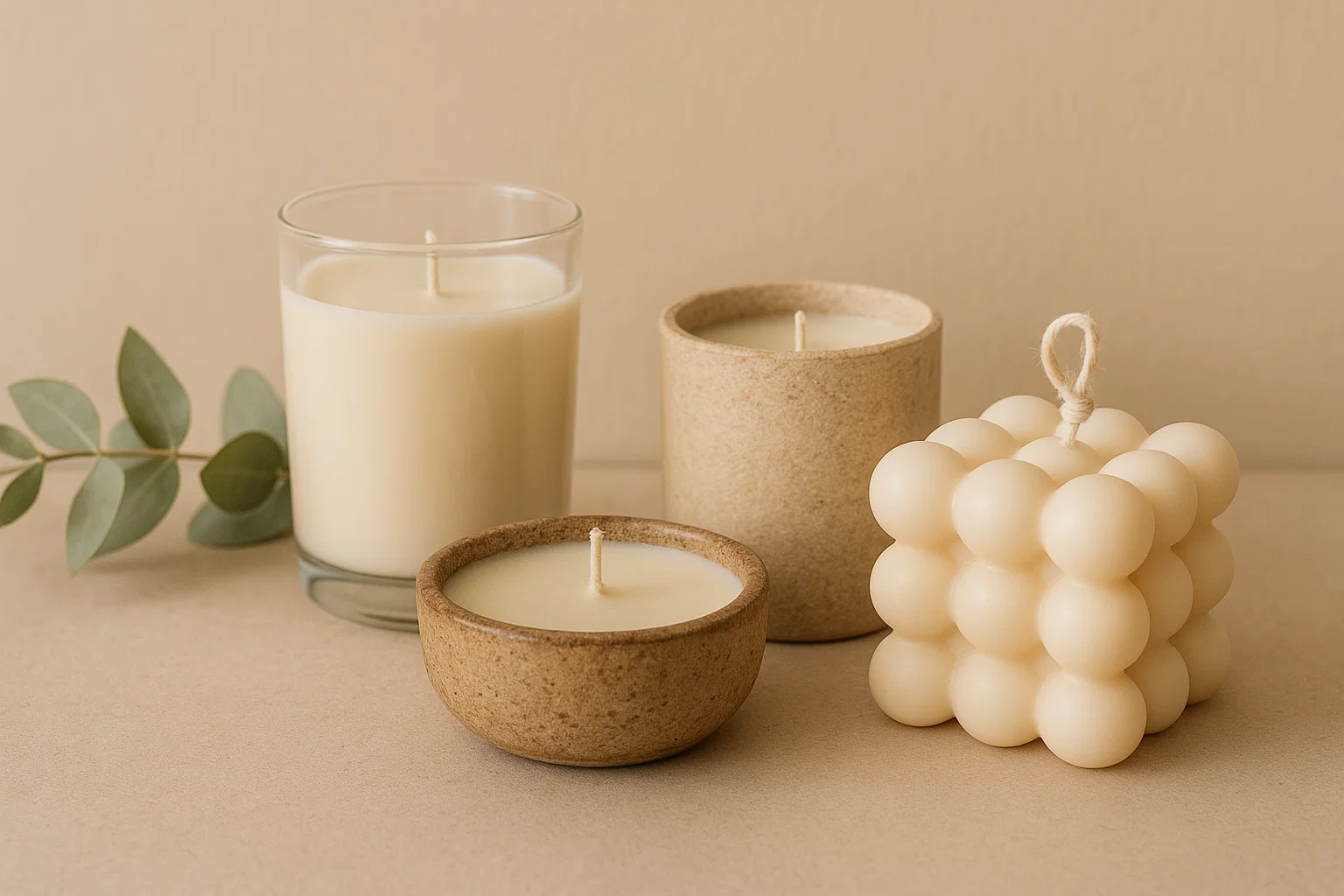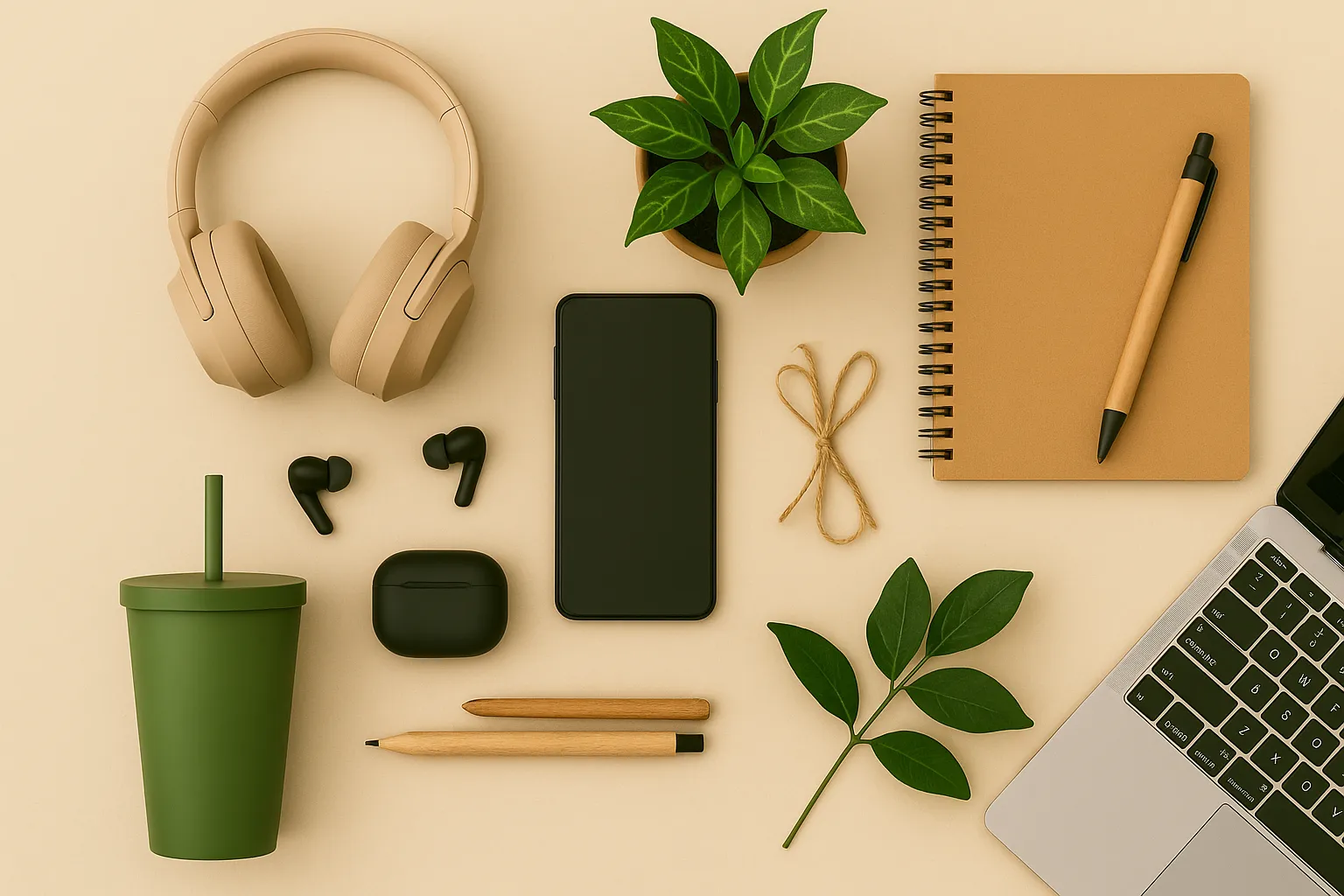Finding Your Rhythm: An Expansive Guide to Slow Living and How to Begin Your Deliberate Journey

In the relentless current of our hyper-connected, achievement-oriented society, a quiet rebellion is brewing: the embrace of slow living. It isn't a call to indolence or a rejection of productivity, but rather a deliberate recalibration of our pace, a conscious decision to prioritize depth over speed, quality over quantity, and mindful presence over the frenetic pursuit of more. It's about consciously choosing to savor the unfolding moments of our lives, fostering deeper connections with ourselves, others, and the world around us.
This expansive exploration will immerse you in the philosophy of slow living, dissecting its multifaceted nature and providing a wealth of practical advice and actionable tips to gently guide you in its adoption. Our overarching objective is to not only educate you on this enriching way of being but also to deeply inspire you to embark on a personal journey towards a more intentional, meaningful, and ultimately, more fulfilling existence.
Unpacking the Philosophy: The Many Facets of Slow Living
Slow living transcends a simple deceleration of pace; it's a holistic approach to life that permeates various aspects of our daily experience. It’s a mindful recalibration that encourages us to engage with the world with greater awareness and intention.
- The Art of Mindful Consumption: This facet encourages a conscious departure from impulsive buying and the relentless pursuit of the next acquisition. Instead, it champions the thoughtful selection of fewer, higher-quality items, a deeper appreciation for their provenance, and a consideration of their environmental and ethical implications. It's about valuing longevity over fleeting trends and understanding the story behind what we bring into our lives.
- Reclaiming Our Time with Intention: Slow living advocates for a deliberate resistance against the pervasive culture of over-scheduling and constant busyness. It’s about intentionally carving out unscheduled time, creating space for spontaneity and rest, and cultivating the ability to focus on a single task with undivided attention. This mindful approach to time allows us to truly immerse ourselves in the present moment rather than constantly chasing the next item on our to-do list.
- Cultivating Deep Connections and Community: At its heart, slow living emphasizes the nurturing of meaningful relationships. It encourages us to invest time and energy in fostering genuine connections with loved ones and actively engaging with our local communities. This might involve more intentional conversations, shared experiences, and a commitment to building a supportive and interconnected social fabric.
- Prioritizing Holistic Well-being: Slow living recognizes the paramount importance of self-care, rest, and engaging in activities that genuinely nourish our physical, mental, and emotional well-being. It’s about consciously making time for practices that reduce stress, cultivate joy, and allow us to recharge, moving away from a state of constant depletion.
- Finding Wonder in the Everyday: This aspect of slow living encourages a shift in perspective, prompting us to cultivate a deeper appreciation for the often-overlooked beauty and contentment that reside within the simple routines and moments of our daily lives. It’s about training ourselves to notice the subtle nuances, the small joys, and the inherent richness that often goes unnoticed in our hurried existence.
The Compelling Call: The Profound Benefits of a Slower Rhythm
Choosing to embrace a slower pace of life yields a wealth of profound benefits that extend far beyond a mere reduction in speed. It offers a pathway to a more grounded, meaningful, and ultimately, healthier existence. By consciously stepping off the treadmill of constant activity, we open ourselves to:
- A Significant Reduction in Stress and Anxiety: The relentless pressure to do more in less time often fuels stress and anxiety. Slow living provides an antidote by encouraging us to prioritize, to say no, and to embrace a more manageable pace.
- Enhanced Focus and Deeper Concentration: When we're not constantly multitasking or rushing, our ability to focus sharpens. Slow living encourages single-tasking, allowing us to immerse ourselves fully in the task at hand, leading to greater efficiency and a deeper sense of accomplishment.
- A Profound Sense of Connection: By slowing down, we create the space to truly connect – with ourselves, with others, and with our surroundings. This fosters stronger relationships and a greater sense of belonging.
- A Heightened Appreciation for Life's Simple Pleasures: In the quiet moments afforded by a slower pace, we become more attuned to the small joys that often pass us by in our haste – the warmth of the sun, the taste of a good meal, the sound of birdsong.
Embarking on the Journey: Practical Steps to Integrate Slow Living
The transition to a slower way of life is a personal and gradual unfolding, not a sudden transformation. It’s about weaving small, intentional shifts into the fabric of your daily existence. Here are more detailed and actionable ways to begin your slow living journey:
-
Cultivating Mindful Mornings: Resist the immediate pull of technology upon waking. Instead, dedicate the first few moments to quiet contemplation, gentle stretching, or mindfully savoring your morning beverage without any distractions from screens or to-do lists. This intentional start can set a more peaceful and grounded tone for the entire day.
-
The Art of Mindful Eating: Move away from rushed meals consumed on the go or while tethered to screens. Instead, consciously engage with your food. Pay attention to the intricate flavors, the diverse textures, and the subtle aromas. This practice not only deepens your appreciation for nourishment but also aids in better digestion and a greater sense of satiety.
-
The Power of Single-Tasking: In a culture that often celebrates multitasking, consciously choose to focus on one task at a time. Dedicate your full attention to the present activity before transitioning to the next. This approach often leads to increased efficiency, reduced errors, and a greater feeling of presence and engagement in what you are doing.
-
Creating Space with Scheduled Margin: Intentionally build pockets of unscheduled time into your daily or weekly schedule. Resist the urge to fill every moment with a planned activity. This "margin" allows for spontaneity, unexpected moments of joy, rest without guilt, or simply the space to breathe and be without feeling the pressure of the next obligation.
-
Reconnecting with the Natural World: Make a conscious effort to spend time outdoors, even if it’s just for a brief period each day. Immerse yourself in the sensory details of nature – the rustling of leaves, the warmth of the sun on your skin, the scent of the air. This connection can be deeply grounding, restorative, and cultivate a greater appreciation for the present moment.
-
Implementing a Digital Detox: Consciously establish boundaries around your engagement with technology. Designate specific phone-free periods, particularly during mealtimes, before going to bed, and during meaningful interactions with others. This intentional disengagement allows you to be more fully present in your immediate experience.
-
Nurturing Meaningful Hobbies: Dedicate time to activities that you find intrinsically rewarding and that naturally lend themselves to a slower pace. Whether it’s reading a physical book, tending a garden, engaging in a creative craft, or learning a musical instrument, these hobbies provide a sanctuary from the demands of a fast-paced world.
-
The Practice of Gratitude: Cultivate a daily ritual of reflecting on the things you are grateful for. This simple yet powerful practice can shift your focus towards the positive aspects of your life, fostering a greater sense of contentment and appreciation for what you already have.
-
Embracing Mindful Movement: Choose forms of physical activity that you genuinely enjoy and that encourage a connection with your body, such as yoga, a leisurely walk in nature, or swimming. Focus on the sensations of movement rather than solely on the outcome or intensity.
-
The Clarity of a Simplified Space: Recognize the impact of your physical environment on your mental state. Gradually work towards decluttering and simplifying your living spaces, retaining only items that you truly need, use, and love. A more intentional and less cluttered environment can contribute to a greater sense of calm and focus.
Embarking on the path of slow living is a deeply personal and evolving journey. There is no rigid formula or prescribed endpoint. It’s about discovering a rhythm that resonates authentically with your individual needs and values, and consciously choosing to infuse more intention, presence, and mindful awareness into the unfolding moments of your life. These initial steps are gentle invitations to explore a different way of being, one that prioritizes depth, genuine connection, and a more harmonious engagement with the world around you.
Related Blogs

Ignite Change: Embracing 30-Day Challenges for a More Sustainable Lifestyle
Insights on 30-day challenges for a more sustainable lifestyle in a sustainable way.

Breaking Free from the Urge: Cultivating Mindful Consumption to Conquer Impulse Purchases
Reduce unnecessary spending and clutter with shopping lists, the 24-hour rule, and minimalist budgeting.

Illuminate Responsibly: Choosing Cleaner Alternatives to Regular Candles
Opt for soy tealights, rechargeable LEDs, or beeswax pillars to avoid paraffin and plastic.

Curate Your Closet, Cultivate Clarity: Embracing a Minimalist Wardrobe for Mindful Living
Declutter your closet with seasonal rotation, capsule wardrobes, and regular donation cycles.

Unplug to Uplift: Where Digital Minimalism Nurtures Environmentalism
Insights on digital minimalism meets environmentalism in a sustainable way.

Unwrapping a Greener Future: Creative Alternatives to Traditional Gift Wrapping
Reduce single-use waste with cloth wraps, newspaper, and recycled kraft paper for gifts.
Stay in the Loop
Get tips and insights tailored to your interests — no spam, just sustainability.